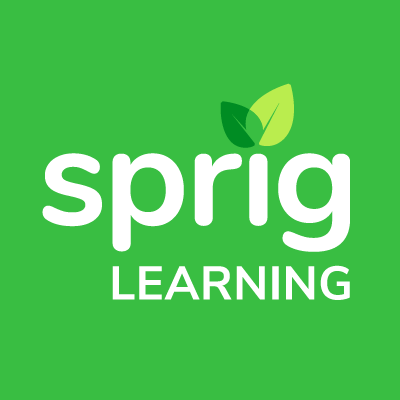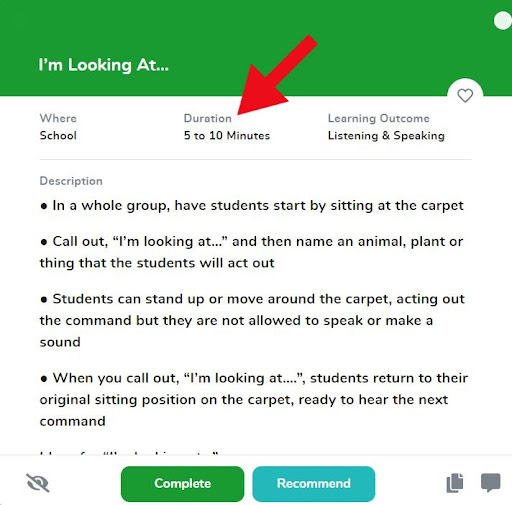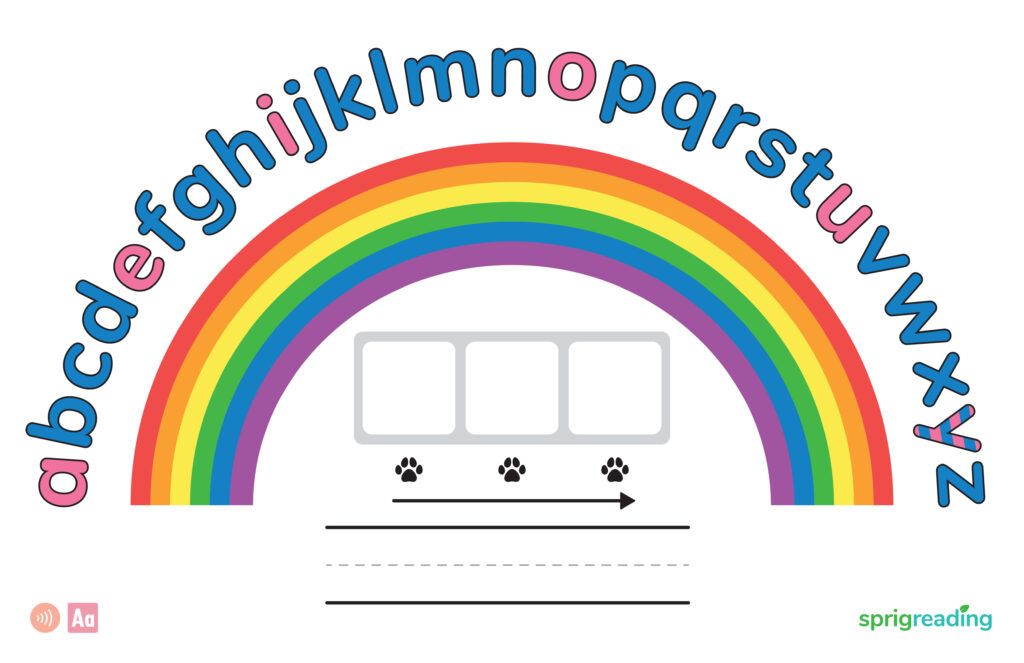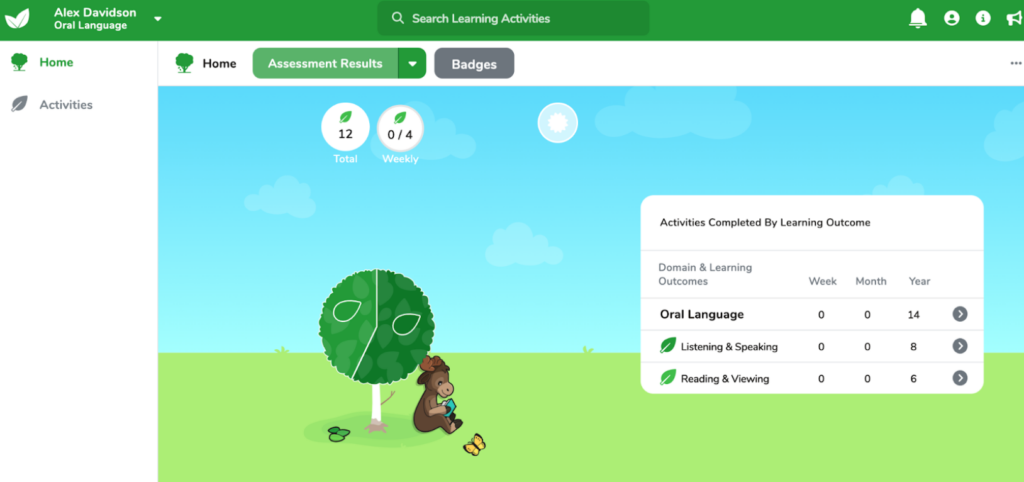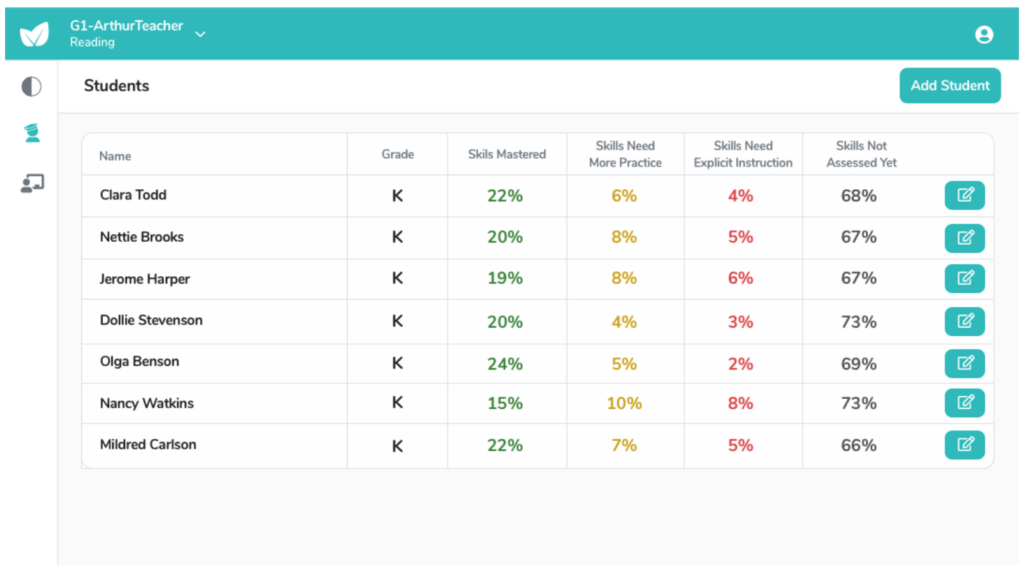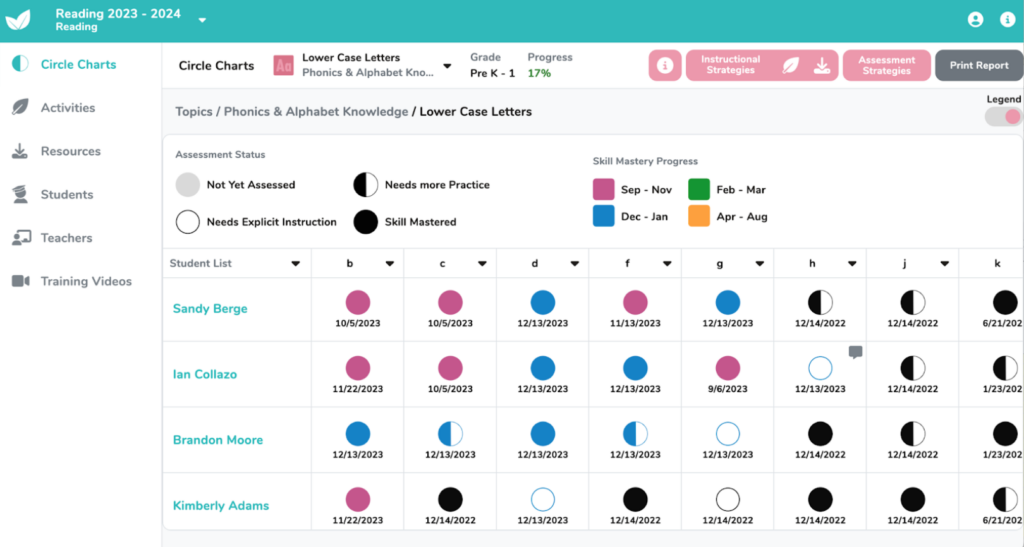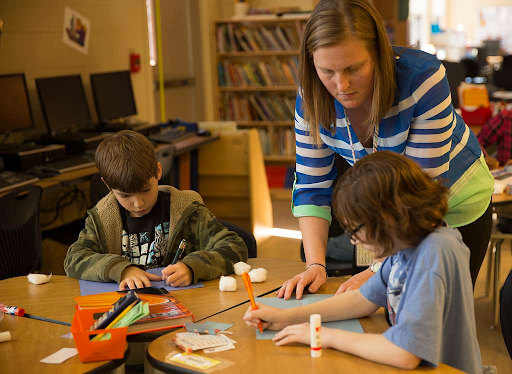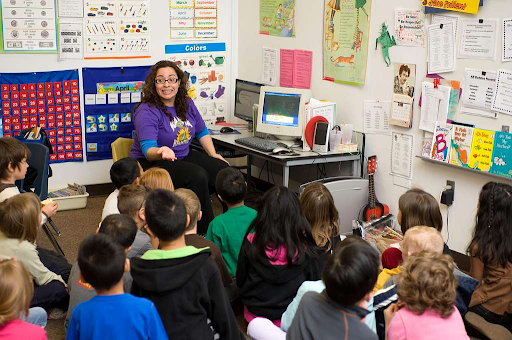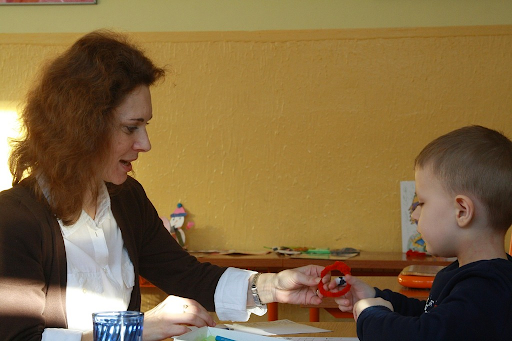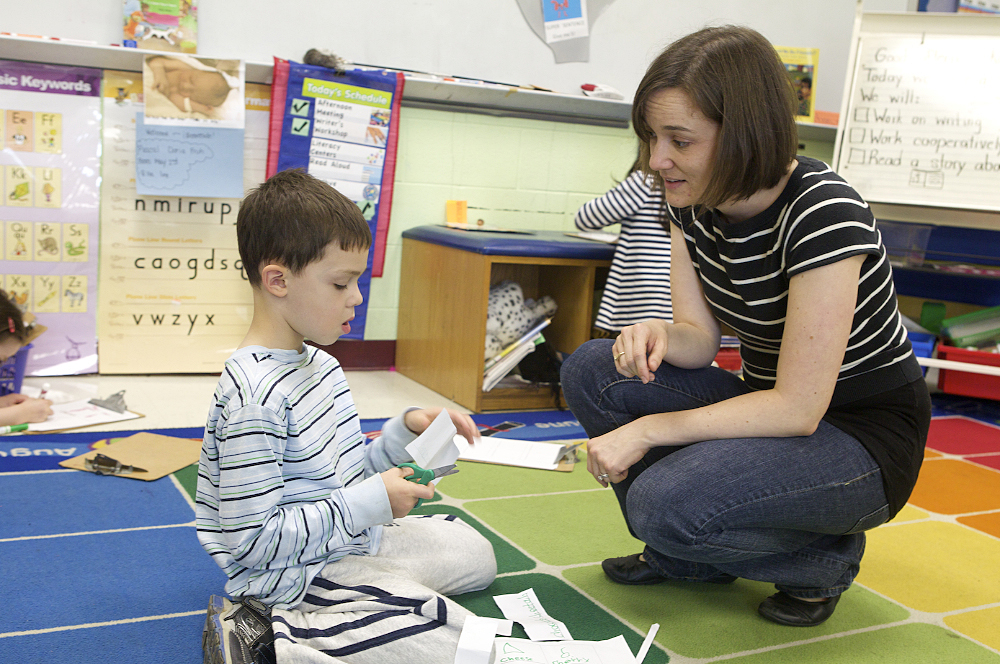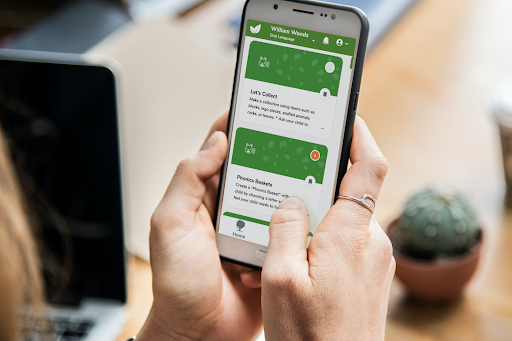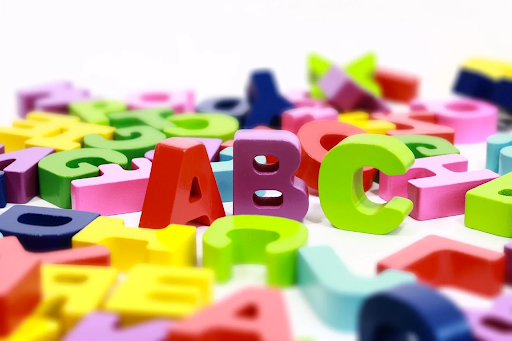2023 Recap–Resonant Engagements and New Horizons
2023 was another incredible year for Sprig Learning!
As we bid farewell to the year, this article reflects on some of the many wonderful highlights of the year.
Note that the office closes today, and will remain closed until January 2nd.
We extend warm holiday wishes to all!
In the upcoming year, we eagerly anticipate delving into many more topics that will address your information needs and those that are close to your heart, providing valuable insights into early literacy.
If you enjoy keeping up with all the latest news in Pre-K to 3 literacy in a regular non-blog format, our twice-a-month newsletter, Root to Fruit, is perfect for you. If you have not done so yet, consider subscribing today.
Want to stay up to date on all that is happening in the world of early literacy, but also love the Sprig blogs for more in-depth breakdowns? Not to worry. All the latest blog articles are always linked on top of the news items in Root to Fruit.
If you know anyone who will benefit from a newsletter dedicated to early learning, refer them to sign up as well, and be ready for all the news that awaits us in 2024.
Now on to our 2023 annual recap.
Reading for the Love of It Conference
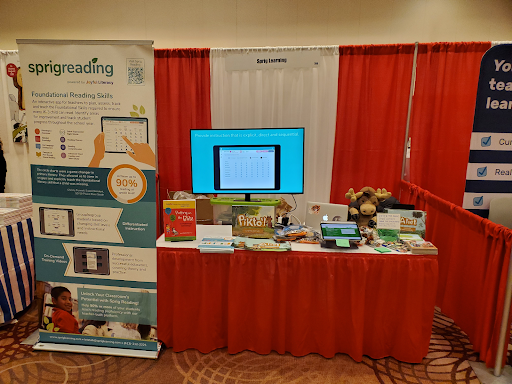
In February, Sprig participated in the Reading for the Love of It Conference in Toronto. It was an excellent opportunity to connect with teachers, eager to learn about the foundational reading skills and strategies for their classrooms.
The message of evidence-based early literacy resonated well, emphasizing the importance of regular progress monitoring in foundational reading skills.
Visitors could see on the screen how Sprig Reading enables both high-quality tier 1 instruction and timely interventions for students requiring additional support.
Moreover, attendees had the opportunity to win one of Sprig Learning’s storybook sets, showcasing endearing Indigenous characters and narratives designed to foster a love for reading.
These collaborative items, created with Mi’kmaq Elders and educators, are available in the Sprig Store, along with Sprig Reading.
Ontario Association for Mathematics Education (OAME) Annual Conference
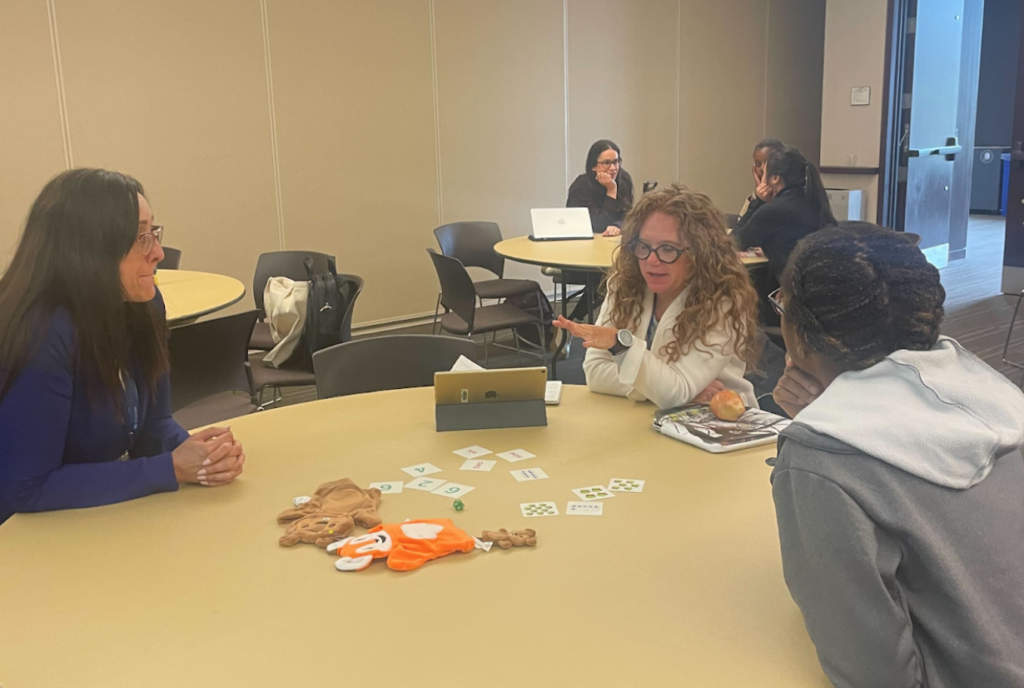
In April, we had the privilege of participating in the OAME Annual Conference, also in Toronto. It is the largest event of the year for math educators in Ontario.
The conference provided an excellent platform to showcase the capabilities of Sprig Math, emphasizing its role as a tool to cultivate a positive math identity among students.
The team demonstrated how Sprig Math helps teachers with targeted learning activities specifically designed to develop foundational math processes for early learners.
The event was an incredible opportunity to connect with numerous like-minded math educators and leaders who are interested in assessing and instructing early learners in foundational math processes.
At the conference, our sessions garnered enthusiastic engagement and appreciation, showing the significant impact and future promise of Sprig Math in early math education.
Measures for Early Success Initiative

In the very next month in May, Sprig received great news!
It had been selected for the Measures for Early Literacy Success initiative, opening doors to create groundbreaking assessment technology.
Renowned for holistic assessments in Sprig Language, the opportunity now extended to develop an innovative math assessment tool for pre-K educators, children, and families.
This initiative aims to bridge gaps in collecting reliable data on children’s needs, competencies, and progress in pre-K mathematics, targeting those Latine, Black and Indigenous children and families of low-income across the United States.
The goal is to empower educators with insights for tailored instruction, minimizing bias and administrative burdens.
It’s a massive and fascinating project undertaken in collaboration with various partners. For full details, please read the press release.
Internally, a lot of work is going on behind the scenes to make this dream assessment technology into a reality.
Sprig Reading Turns One
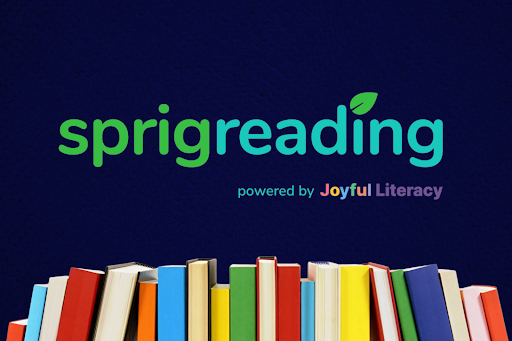
In August, Sprig Reading celebrated its one-year anniversary since its launch in a webinar last year.
The noteworthy occasion allowed the team to reflect on the tremendous progress and impact achieved thus far.
Throughout its inaugural year, Sprig Reading garnered an outpouring of enthusiastic feedback from educators who found immense value in utilizing the platform for a range of purposes, including assessment, instruction, and differentiation.
Continuous product updates, including the latest version featuring time-stamped circle charts, have added great value for teachers. This enhancement provides teachers with a visual representation of progress between months and years, facilitating a comprehensive understanding of students’ development over time.
As Sprig Reading evolves, the team remains unwaveringly committed to supporting educators at every step of their journey, from seamless onboarding experiences to actively incorporating valuable client feedback into the ongoing development of the product roadmap.
The team’s dedication ensures that the platform continues to meet the evolving needs of teachers, fostering an environment of continuous improvement and innovation in early literacy.
Literacy Success: Early Readers K to 3 Summit
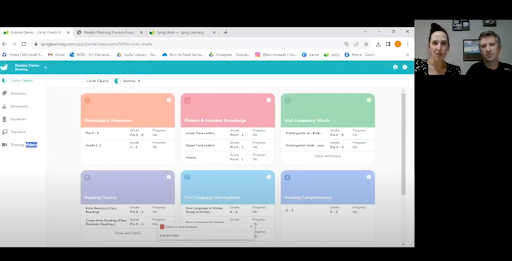
Later in the academic year, as schools embraced the new school year which was in full flow, an extraordinary summit was graciously hosted by our partners, Joyful Literacy.
Literacy Success: Early Readers K to 3 assembled a stellar lineup of evidence-based literacy experts, each sharing invaluable teaching strategies meticulously designed to address all facets of foundational reading skills.
The summit provided much more than research-based recommendations. It went a step further by featuring administrators and teachers actively implementing the presented advice within their classrooms and schools.
The discussions ranged from effective intervention strategies to the intricacies of weekly planning, providing a comprehensive perspective on the practical application of evidence-based literacy practices.
A notable highlight of the summit was the compelling testimony delivered by Chelsea and Nathan, a dynamic kindergarten teaching duo from Mission School District.
Their demonstration of Sprig Reading and sharing of firsthand experience illustrated the transformative impact of the evidence-based tool in the early learning environment.
Witnessing Sprig Reading share the stage with some of the foremost experts in evidence-based early literacy, including the esteemed Dr. Tim Rasinski, was a testament to the solution’s effectiveness.
This summit enriched participants with theoretical insights but also demonstrated the tangible successes and real-world applications of evidence-based literacy strategies.
Closing The Year Out And Anticipating The Next
As we bid farewell to the remarkable year that was 2023, this reflection captures just a few of pivotal moments that defined Sprig Learning’s journey.
From engaging conferences to groundbreaking initiatives, each chapter of the year unfolded with a commitment to advancing early literacy education.
The journey continues, fuelled by the passion for nurturing young minds through evidence-based practices and transformative educational experiences.
Here’s to another year of growth, learning, and impactful contributions to early literacy education.
